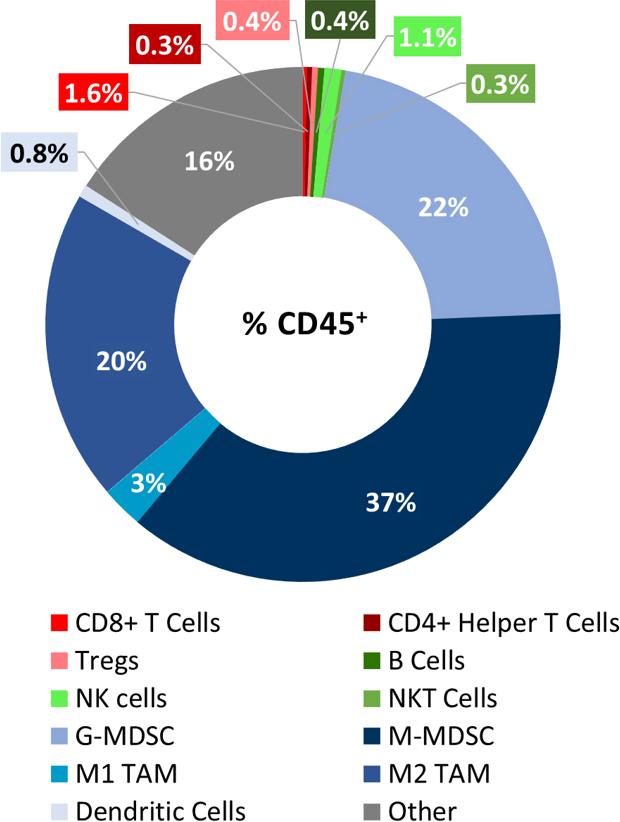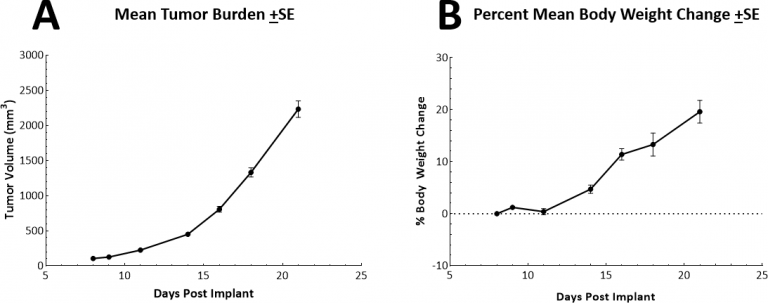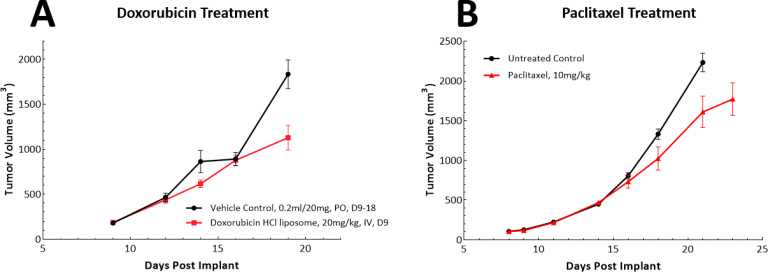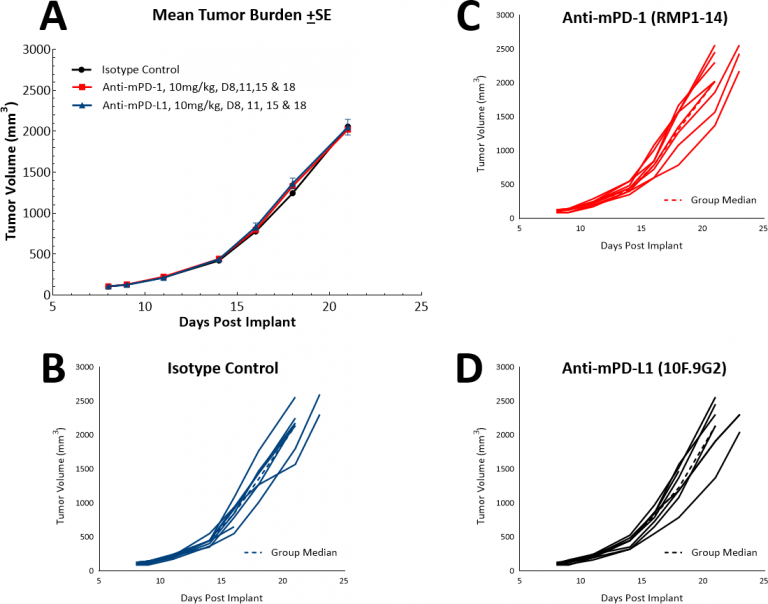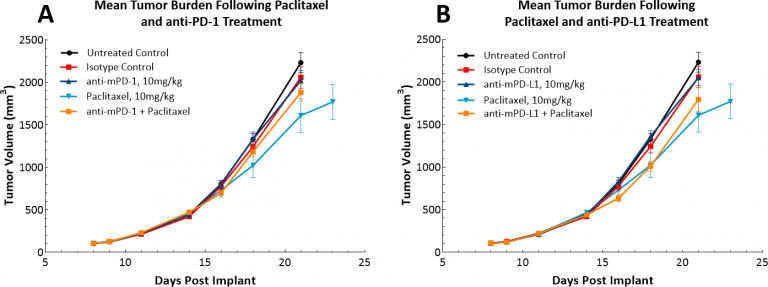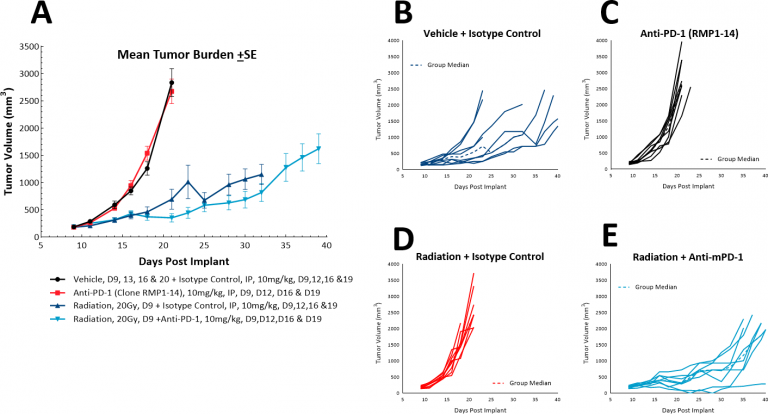Lung cancer is the second most common cancer diagnosed in both men and women in the United States and is, by far, the most common cause of cancer-related deaths in men and women. In 2019, the American Cancer Society estimates that 228,150 new cases of lung cancer (116,440 in men and 111,710 in women) will be diagnosed, and 142,670 deaths from lung cancer (76,650 in men and 66,020 in women) will occur.
The number of deaths caused by lung cancer peaked in 2005 at 159,292 and has been gradually declining ever since.[1] However, the five-year lung cancer survival rate is only around 20% and is considerably lower than other cancers. If lung cancer is detected early, the five-year survival climbs to ~56%, but only ~16% of lung cancers are detected that early. For later stage detection the five-year survival rate can be as low as 5%.
There are many treatment options for lung cancer, depending on which type of lung cancer one is diagnosed with and what stage of disease is present. Everything from surgery, chemotherapy, radiation, targeted therapy, and immunotherapy are being used clinically. While there are some successes, especially in patients with certain gene mutations and more recently with newer immunotherapies, the overall prognosis is still poor. Thus, the continual development of new treatments for lung cancer is needed.
The advent of immunotherapy has necessitated syngeneic mouse tumor models to further advance the development of immuno-oncology treatments. One of these models is the LL/2 (Lewis Lung) lung carcinoma model that has been characterized by Labcorp to support development of novel agents. The LL/2 cell line was developed from a primary tumor nodule from the Lewis lung carcinoma model that spontaneously developed as an epidermoid carcinoma in the lung of a C57BL mouse. As shown below, LL/2 is classified as a “cold” tumor with low infiltration of T cells and high infiltration of myeloid suppressive cells. As many cancer patients are non-responsive to current immunotherapies, understanding “cold” tumor models is an important part of developing and utilizing syngeneic mouse approaches for drug discovery and development.
LL/2 Tumor Immune Profile
Baseline immune profile of LL/2 tumor infiltrates was determined on 6 untreated tumors (~500mm3) analyzed with the Labcorp CompLeukocyteTM Package. Of the CD45+ cells infiltrating these tumors, the M-MDSCs represented the largest cell population (37%) followed by G-MDSCs (22%) and M2 TAMs (20%). T cells (both CD8+ and CD4+), along with M1 TAMs, B cells, NK, NKT and dendritic cells were minimally represented (Fig. 1). The overall profile is suggestive of a non-immunogenic model.



